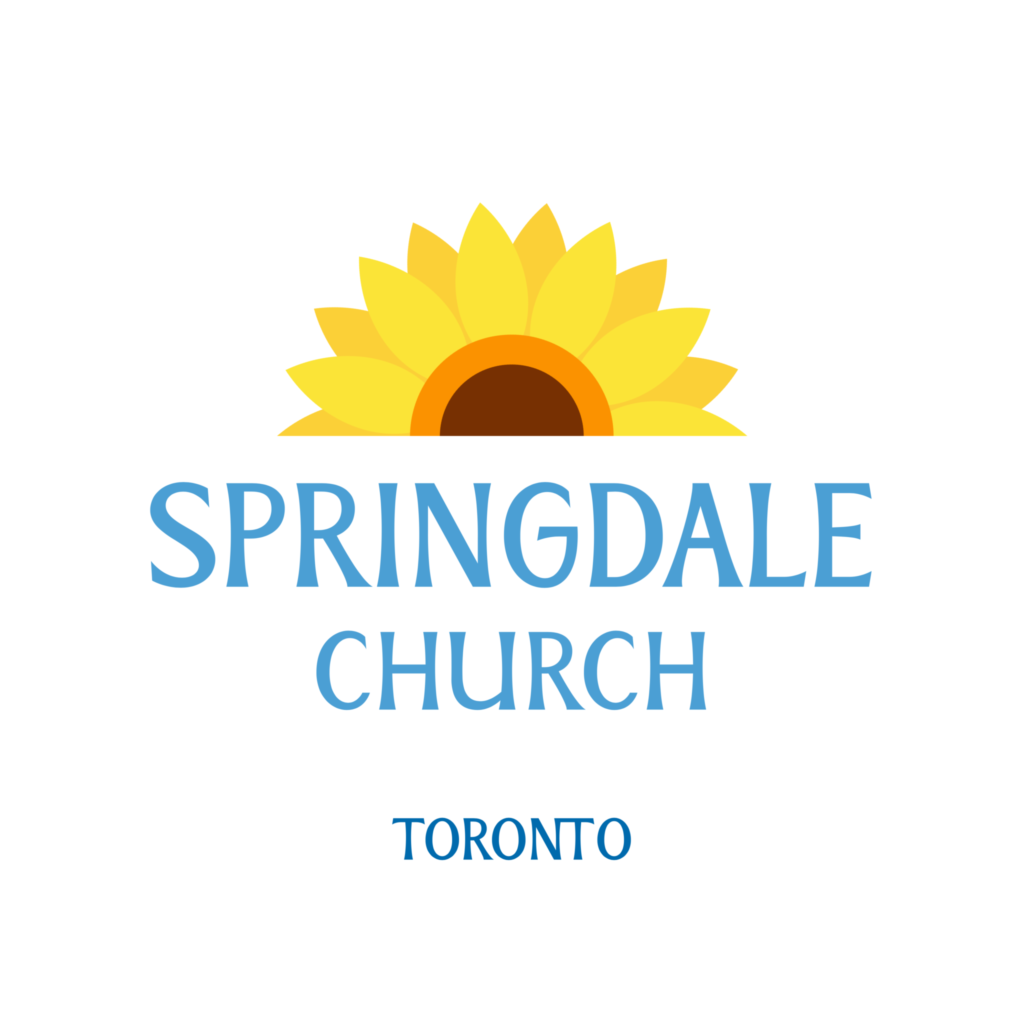
Old Church, New Identity
The Board of Directors passed a resolution adopting the Church’s current logo in 2022. And though the logo might look simple at first glance, it is pregnant with meaning.
Design Elements
Here comes the sun

Eternally optimistic
Putting our best (font) face forward
Call me by my name

Part of a larger spiritual community
The Sunflower

As Joyce Karafilis explains, no one knows exactly when Spiritualists first came to consider the Sunflower their emblem and flower. Unfortunately, the name of the person who first suggested it has been lost to history. However, we know that people have used the Sunflower as a symbol for Spiritualism since at least 1898.
Some thirty years later, at the 1928 Conference of the International Spiritualists Federation, the Sunflower was officially adopted by members as the International Symbol of Spiritualism. This was a significant move. It not only eliminated any need to display or use symbols from other religions, but it also enabled the general public to see that Spiritualism was distinct from other teachings.
The flower, which originated in South America, derived its name from the fact that its large blossoms always turn to follow the sun. The metaphor of the Sunflower is sometimes summarized by Spiritualists as follows:
“As the sunflower turns its face to the light of the sun, so spiritualism turns the heart of humanity to the light of truth.”
It is difficult to imagine a more suitable symbol. Consider the following:
| The Sunflower | Spiritualism |
|---|---|
| Has a strong stalk to bear the weight of its many blossoms. | Builds a strong character to bear the weight of life’s many burdens. |
| Protects surrounding growth from strong heat and wind. | Protects humans from ignorance and superstition. |
| Provides insects with nectar unobtainable in other blossoms. | Provides knowledge unobtainable in other teachings. |
| Grows in any soil. | Requires no status. |
| Spreads its many seeds. | Our teachings are for all of humanity. |
| Has medicinal value. | Has spiritual healing value. |
“The Sunflower Song” was also presented to the delegates at the 36th Annual Convention in 1928. It was written and composed by the well known musician and composer, Grace Linn Sandy of Indianapolis, Indiana. Here are the lyrics:
The Sunflower Song
You have heard the song of daisies and the roses red,
But about the old Sunflower ne'er a word is said,
But I grew here for a purpose -- why, nobody knows,
I would like a place to live, as daisies and the rose;
Now, I see more than the daisies, neither do I tell,
Won't you sing a song for me? How my heart would swell!
I'm aware I have not beauty, neither graceful pose,
But I'd like some love, the same as daisies and the rose!
A new version of “The Sunflower Song” was composed by Linda Alden in 1984 and popularized throughout the Spiritualist community.
